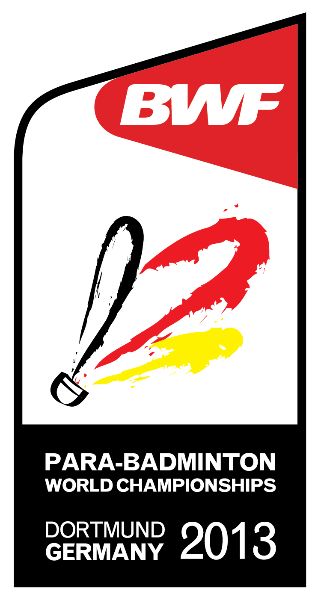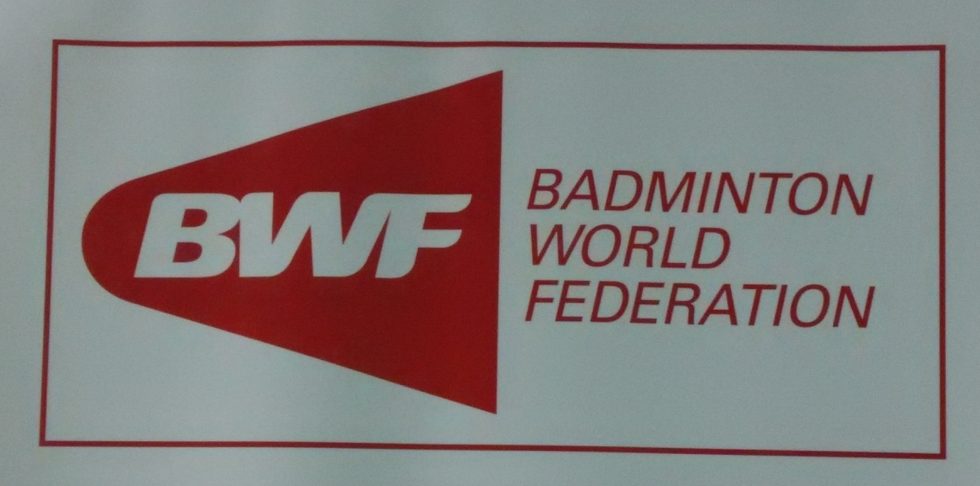Next month’s BWF Para-Badminton World Championships 2013 in Dortmund, Germany, have attracted a record 248 entries from 39 countries – doubling from the last championships in 2011.
last championships in 2011.
The number of nations participating has also jumped by 30 per cent from two years ago, with Member Associations such as Bosnia-Herzegovina, Finland, Ghana and Uganda sending players for the first time ever.
Competitors from all five continental confederations will vie for honours in six classes – two wheelchair classes (89 entries), three standing classes (139 entries) and one short stature class (20 entries)– making it the most universal para-badminton tournament ever staged.
 “Interest in para-badminton has been increasing and the numbers indicate how much the popularity of this sport has risen. We are pleased to have competitors in every category and from all our continental confederations. This will be our best Para-Badminton World Championships yet,” said BWF Vice-President Para-Badminton, Paul Kurzo (left).
“Interest in para-badminton has been increasing and the numbers indicate how much the popularity of this sport has risen. We are pleased to have competitors in every category and from all our continental confederations. This will be our best Para-Badminton World Championships yet,” said BWF Vice-President Para-Badminton, Paul Kurzo (left).
“This is definitely a sign that we are on the right track in terms of promoting para-badminton as a wonderful sport within the disabled community. These championships are coming at a time when we’re preparing to launch our campaign for inclusion into the 2020 Paralympic Games and we expect this event will show the diversity and competitiveness of para-badminton.”
Kurzo noted that to accommodate varying disabilities and ensure fairness, para-badminton players are each “classified” into groups for competition, depending on minimal impairment for a particular class/group. In para-badminton, there are six sport classes:
WH 1 – a player in this class requires wheelchair to play badminton. They usually have impairment in both lower limbs and trunk function.
WH 2 – a player in this class could have impairment in one or both lower limbs and minimal or no impairment of the trunk.
SL 3 – in this class a player must play standing. The player could have impairment in one or both lower limbs and poor walking/running balance.
SL 4 – a second standing class where the player has a lesser impairment compared to Sport Class SL 3. The player could have impairment in one or both lower limbs and minimal impairment in walking/running balance.
SU 5 – the player in this class has impairment of the upper limbs.
SS 6 – these are players who have a short stature due to a genetic condition often referred to as “dwarfism”.
N.B. WH = wheelchair; SL = standing lower; SU = standing upper; and SS = short stature.
“To the uninitiated, para-sport may look a little confusing, with athletes who may look like they have very different impairments, competing against each other in the same event,” noted Kurzo.
“However, fairness is factored in through the classification process. Athletes are evaluated via medical examination – and sometimes through badminton-specific activities on court – and then grouped into classes according to the impact their impairment has on their sport performance.”
* For more information on the BWF Para-Badminton World Championships 2013, click here.





























